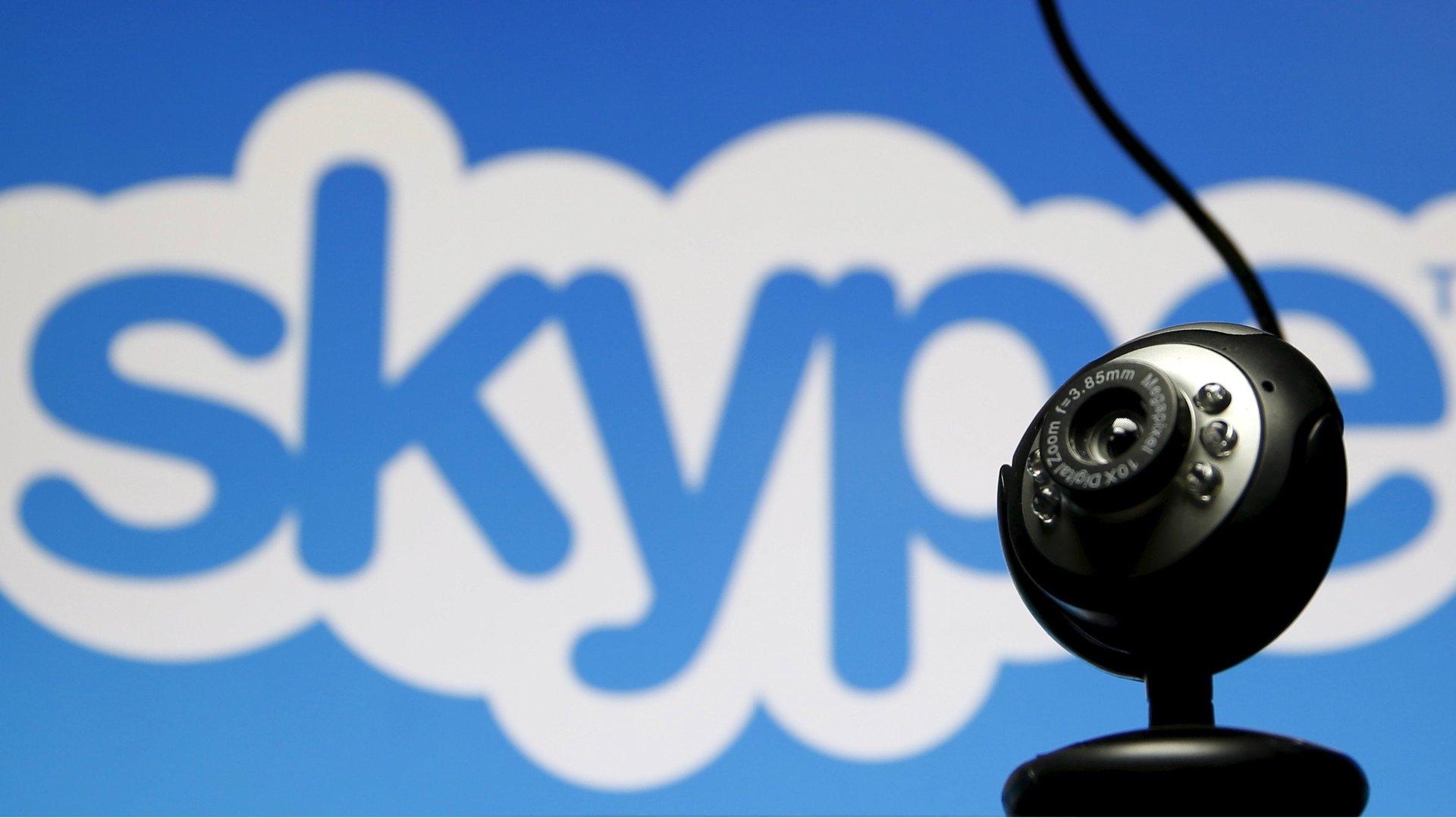Slack is adding voice and video chat—and it could mean the death of Skype
“Skype or Google Hangouts?”


“Skype or Google Hangouts?”
That’s a line remote co-workers often ask each other when they need to really discuss something, face-to-face or at least orally. But later this year, both of those software programs could find themselves sidelined by Slack.
The makers behind the chat app announced yesterday that Slack users who are messaging each other will soon be able to have a voice call as well, and eventually a video call. No timeline has been given for either feature.
Slack’s rapid rise has already made it a darling of Silicon Valley. Just a year after its launch, investors valued the business chat app at over $1 billion. It was pegged at $2.8 billion as of last April, despite annual recurring revenues of just $25 million. That valuation is thanks to Slack’s fast-growing, devoted customer base, which has skyrocketed from 500,000 daily active users in January 2015 to 2.3 million daily active users today.
What percentage of these users are also Skype or Google Hangout users is impossible to say, but judging by purely anecdotal evidence from people in the tech and new media world, there’s huge crossover. Most people who use Slack for business use a combination of Skype and Google Hangouts when they need to talk to someone face-to-face. But a majority of their time remains inside Slack, where they can write text messages to individual colleagues as well as set up team channels, upload gifs, and use special tools.
Google is likely indifferent to Slack’s rise. It makes almost all of its money from advertisements, and options like Google Hangouts are just there to keep users close to the search bar.
But Skype is a different story.
Skype, which is part of Microsoft, is mostly a two-trick app, and used for voice and video calls. Skype probably has more users that Slack right now, but some of its most valuable, paying “business” users are likely to fall into that “also using Slack” category. The company claimed 300 million monthly active users as of date, and had 4.9 million active daily users at the end of 2014, the latest daily data available.
Skype for Business, the app’s business-centric upgrade, is only a hair more sophisticated than regular Skype, which at the ripe old age of 12 both looks and feels dated. It has none of the bells and whistles that make Slack addictive in the first place. Adding voice and video calling to Slack could help businesses use one tool for nearly all communication purposes.
Skype is owned by Microsoft, and accounts for a tiny percentage of the $93 billion in sales Microsoft brought in last year (they aren’t broken out, but in 2013 Microsoft told Bloomberg Skype was set to bring in $2 billion in annual sales). Microsoft has been focusing on Windows Azure, an Amazon Web Services competitor, and revamping Skype is probably not a major priority. Microsoft did not respond to Quartz’s requests for comment on this piece.
Microsoft’s reaction to Slack’s rise hasn’t instilled much confidence Skype will be a priority in the future, either. Last September, Microsoft released an update for Office centered on group collaboration and communication, which has tighter integration with Skype. It described the new version as “a Slack killer for people who use Outlook.”
But how many young companies are using Outlook? If internet history tells us anything, Skype is on its way to becoming the AOL of voice and video calling apps.